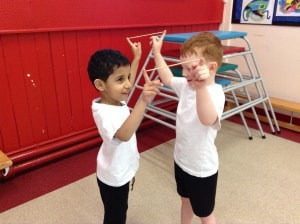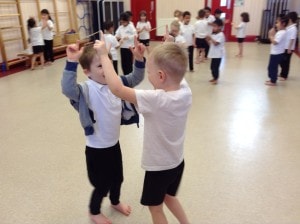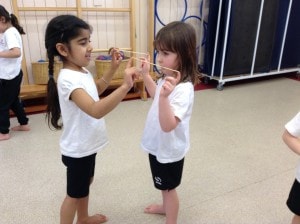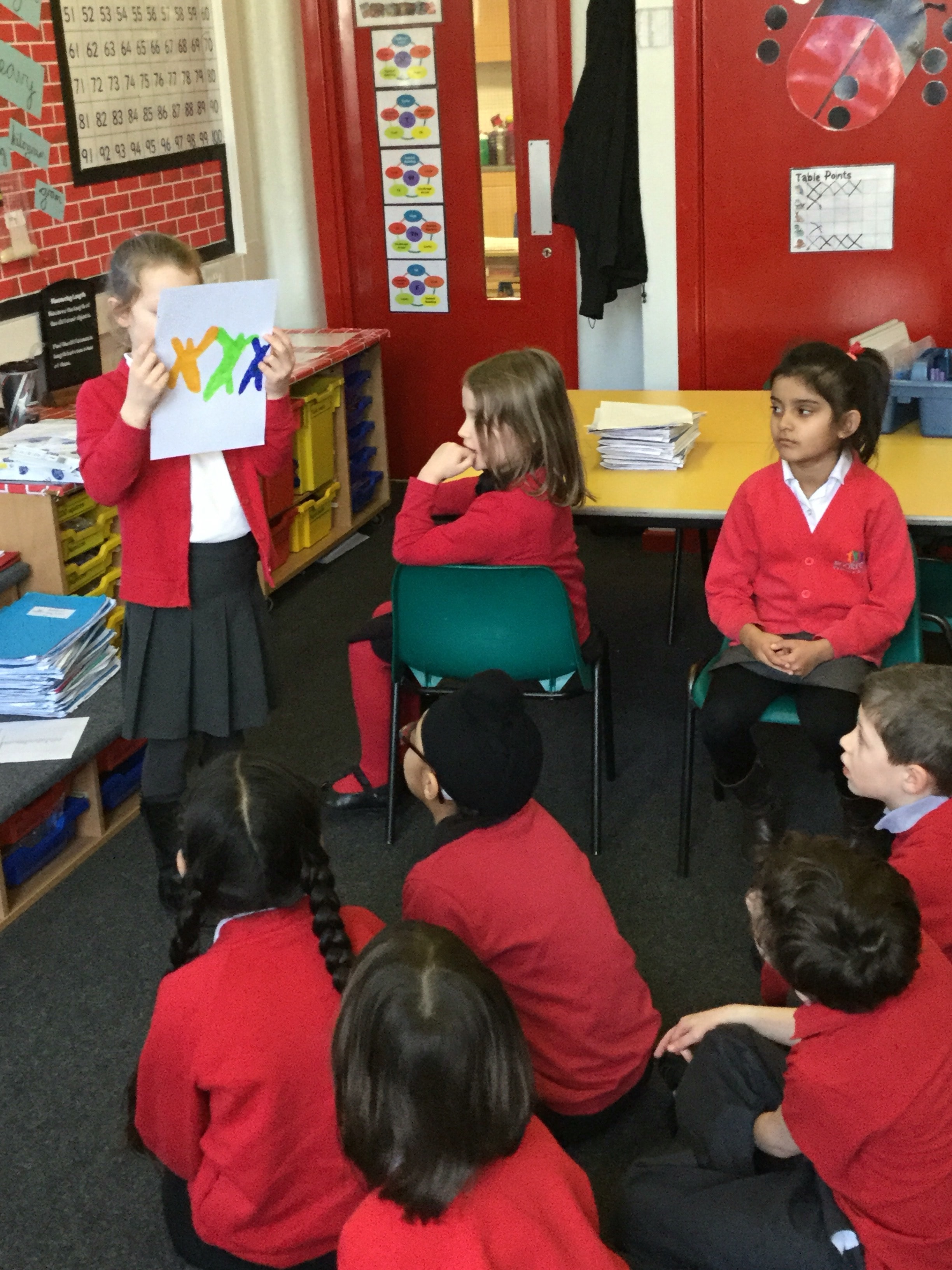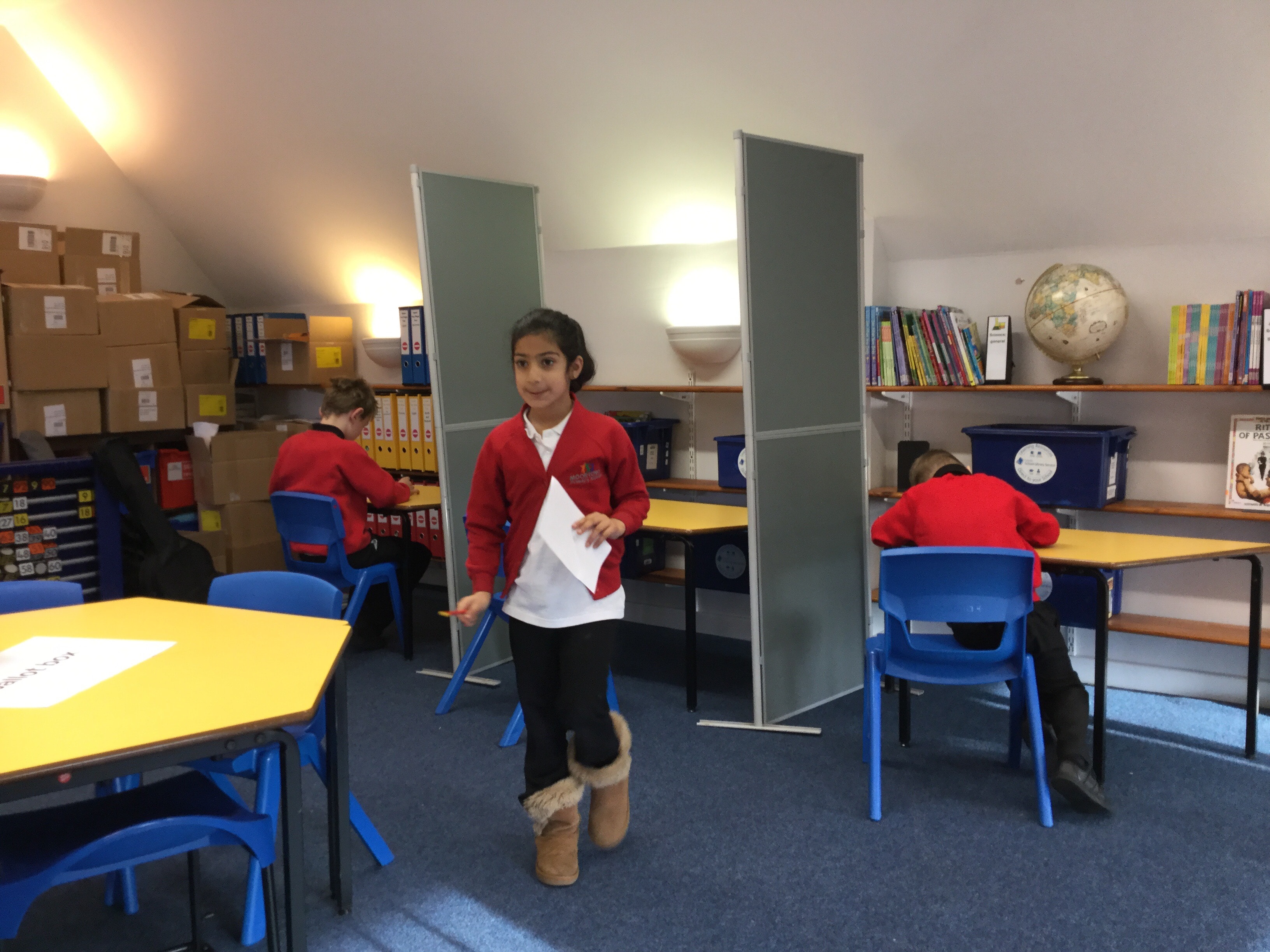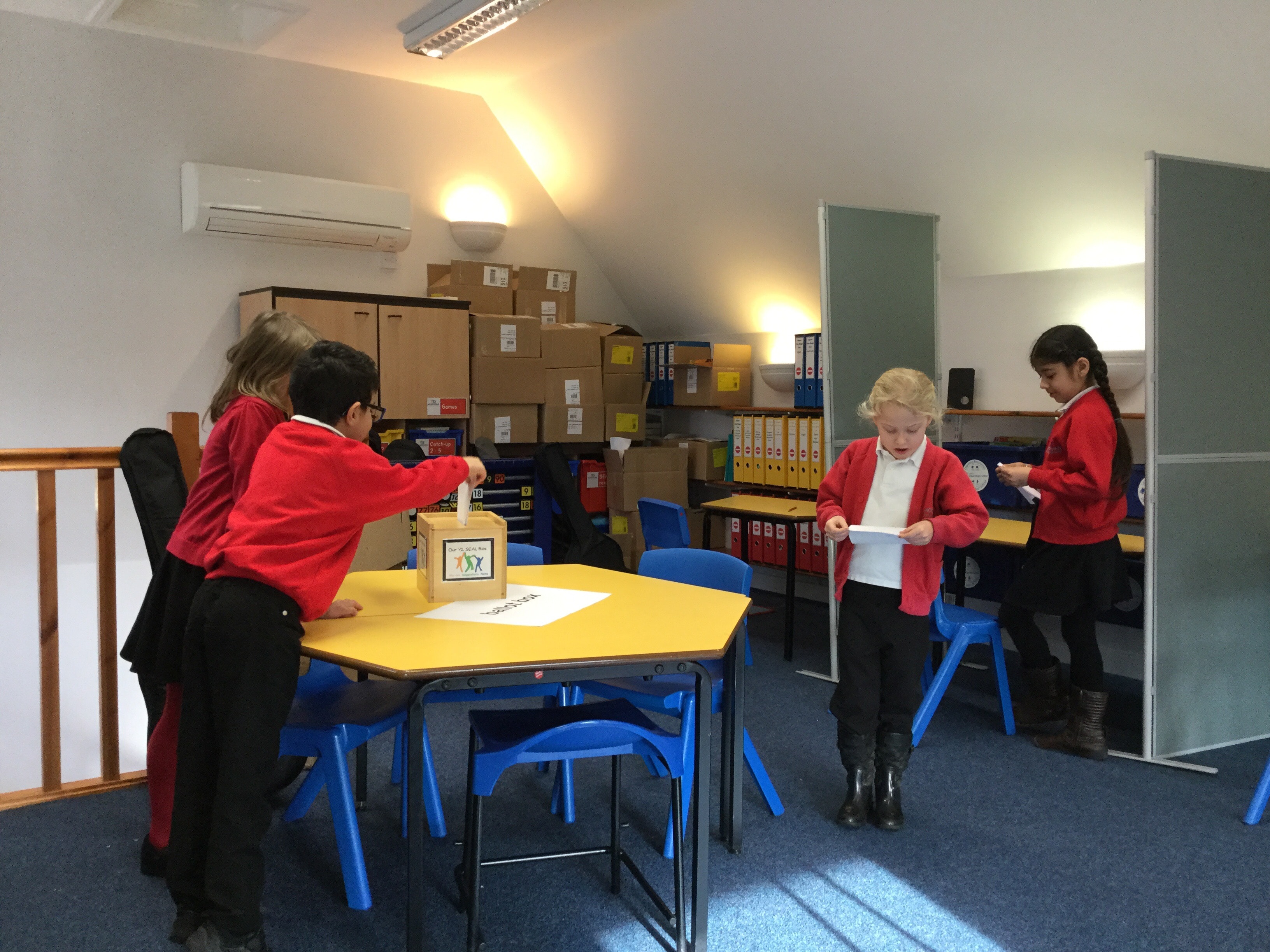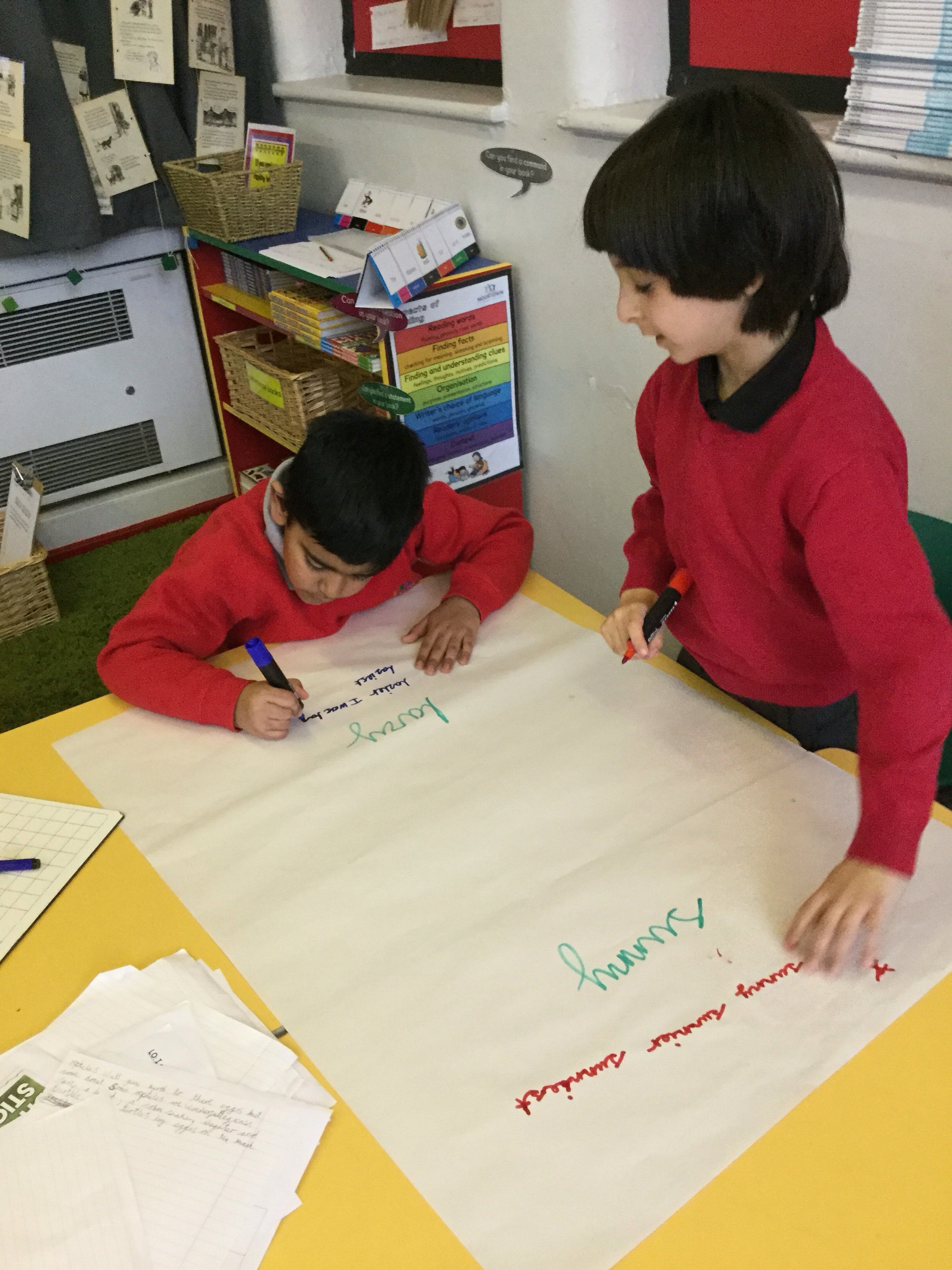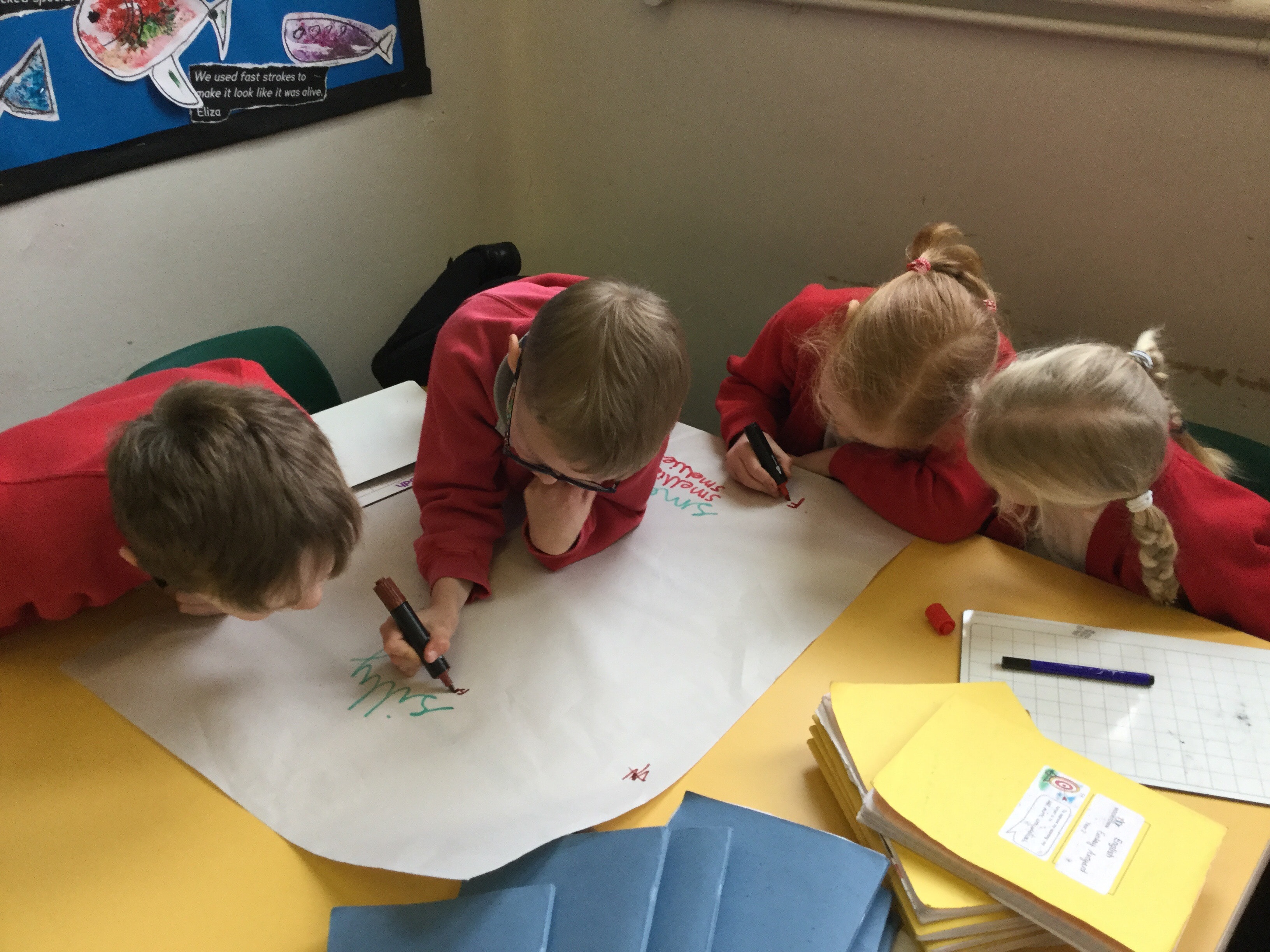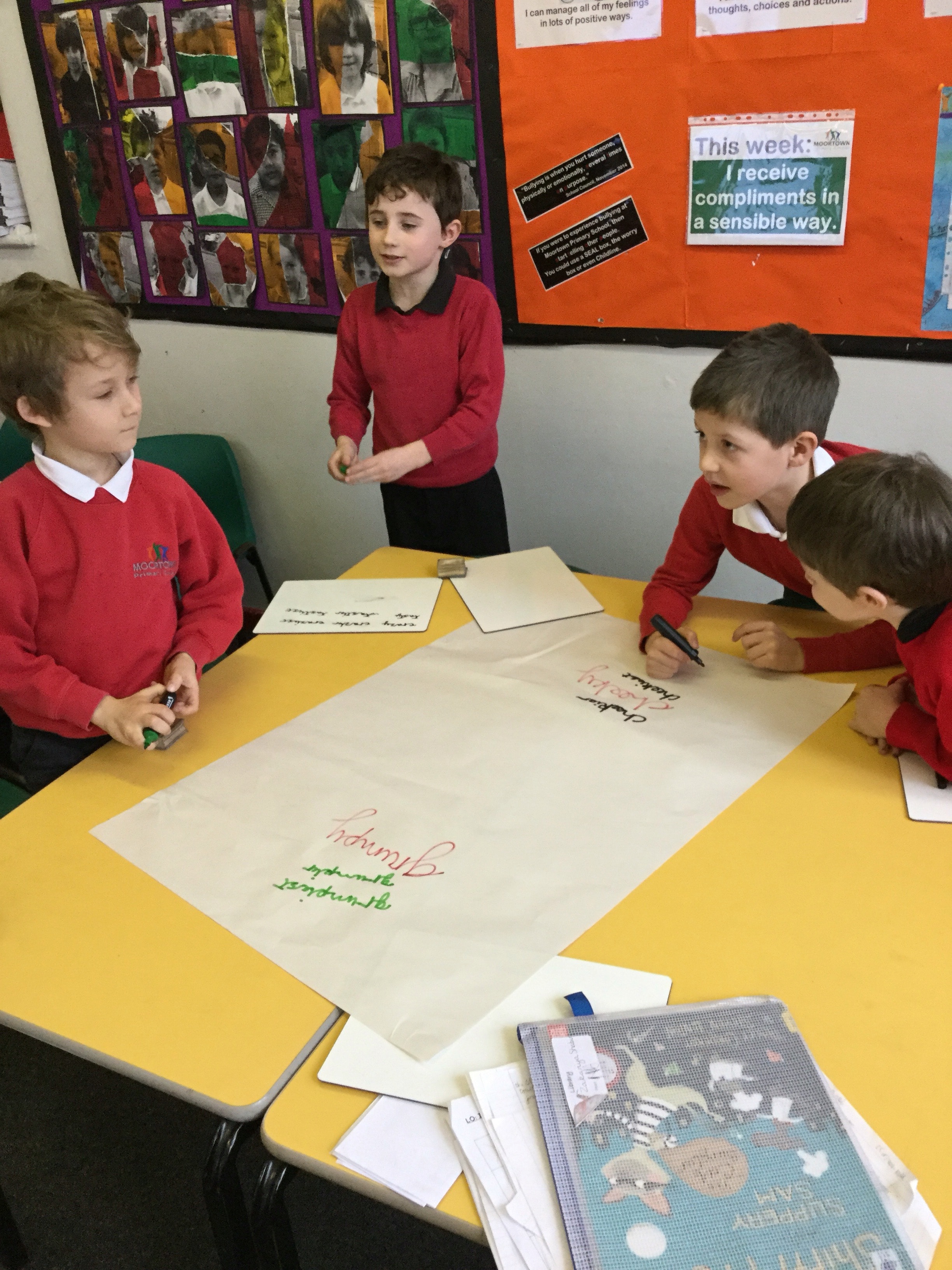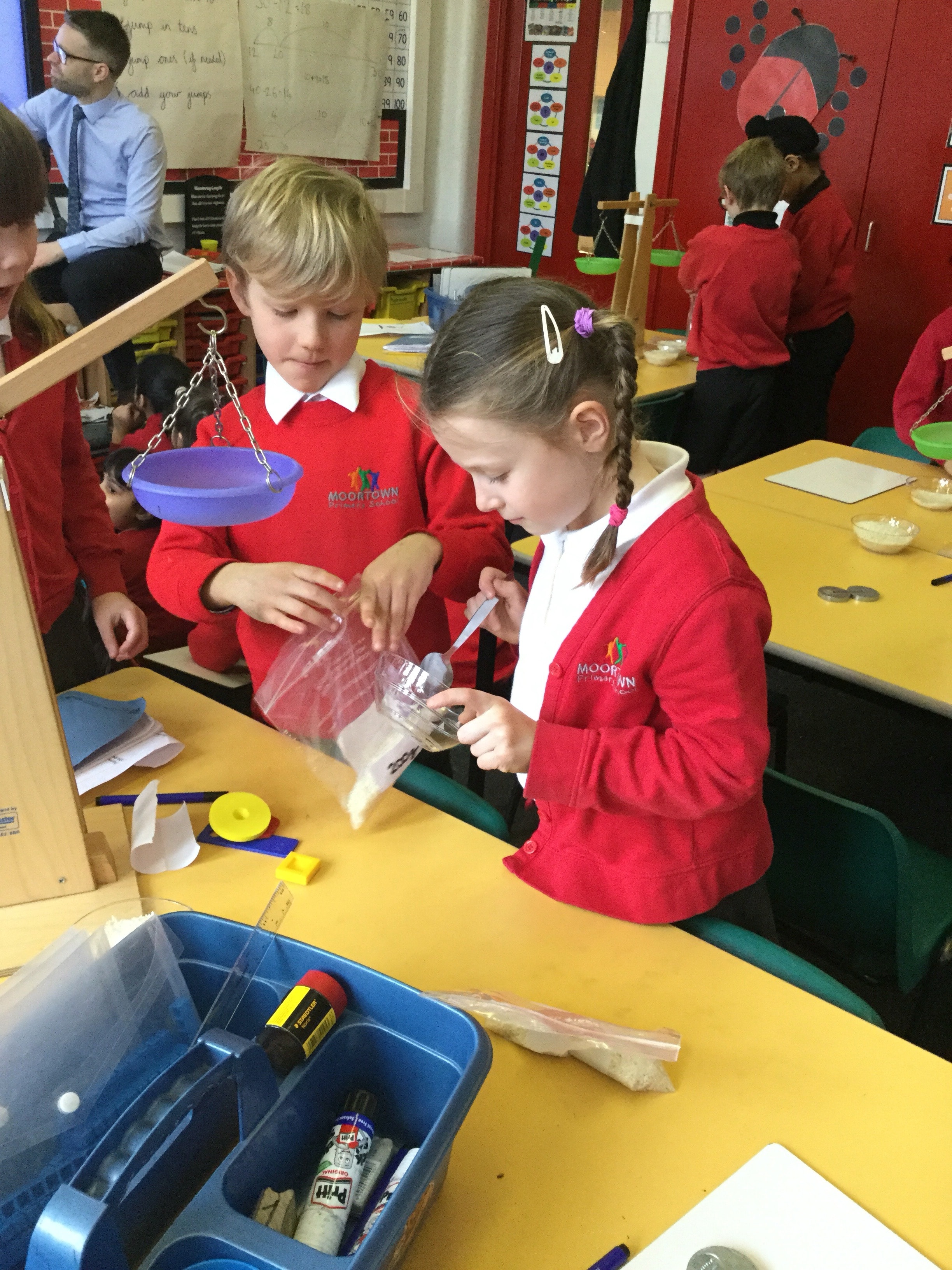Measuring lengths
We did lots of measuring lengths today! At the moment, we’re measuring using objects such as cubes, paper clips and straws. So we may say that the green strip of paper below is about 6 paper clips long. Standard units will be introduced in Year 2.
We took our shoes off, drew around our feet and measured how long they were too!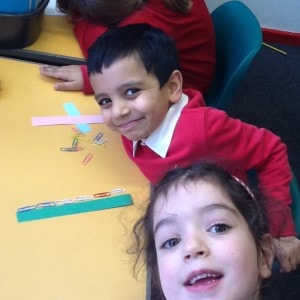
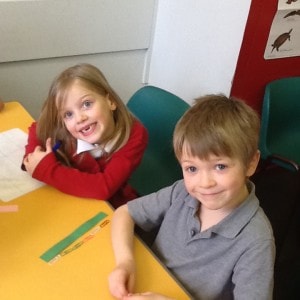
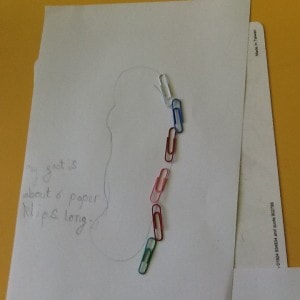
#shareaheart Safer Internet Day
We were discussing and writing about how we can make the internet safer and happier. We know what our personal information is and why we need to keep this private. We know what to do if we come across something we don’t like on the internet and we know how to treat others when interacting on the internet.
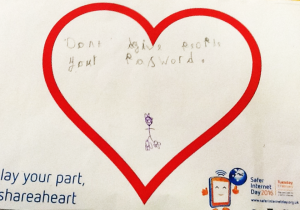
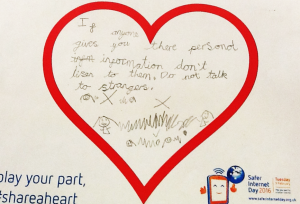
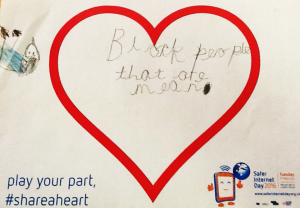
School Council Elections
Following in-class election speeches this week, our School Council elections will take place on Thursday, 11 February. All children have the opportunity to vote at our polling station using the following instructions.
Before voting, please read the following:
- Vote once for one person.
- Place one X only on this ballot paper beside the name of the candidate you have chosen.
- Do not write or mark anything else on the ballot paper; if you do, your paper will be invalid and your vote will not be counted.
- When you have marked the ballot paper, fold the paper and place it in the box provided.

Results will be counted on Thursday and our new School Council will be announced at the end of the day. This will be made up of two children from each class with the highest number of votes.
Good luck to all our candidates.
Phonics fun
We’ve been learning about comparatives and superlatives in phonics this morning. We’ve also been learning about one of our key spelling rules: drop the y for an i.
Reading with Reception
Every Friday afternoon since Christmas, Reception have visited us so that we can read to them. They choose a book from their classroom and then enjoy us reading it to them before discussing it together. We enjoy it just as much as they do and have actually started teaching them how to read some easier words, too – it’s been quite challenging remembering our phonics from all those years ago.
A visit from the chicks
We thoroughly enjoyed meeting the chicks on Friday as they ventured into Y5 for a visit. We discussed what sort of animal they were and therefore what we knew about them but mostly we just enjoyed holding them and listening to their cheeping.
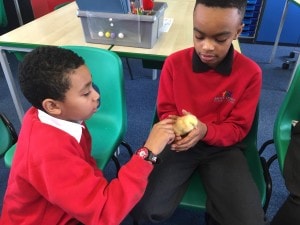
How’s our Life topic going?
We’re all enjoying learning about ‘Life’. There’s been oceans of learning this week. We began by sorting animals according to criteria we chose ourselves:
- water, land and air
- colour
- deadly, not deadly
- vertebrate, invertebrate
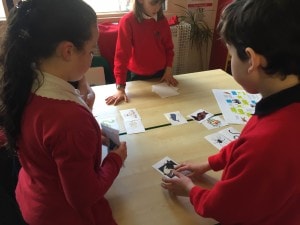
We then had to try to sort them into which class they belonged to: mammal, reptile, amphibian, bird, fish, insect and plant. There were some animals we disagreed with and we had to learn more about these classes to be able to sort them correctly.
We’ve then focused on life in the ocean, looking at what different types of animals live there and finding out the similarities and differences in their life cycles.
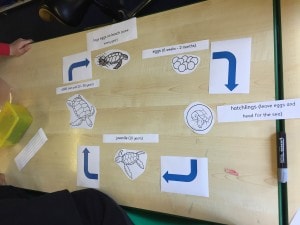
Mindfulness in Reception
We’ve had a very mindful morning in Reception.
As part of our learning in SEAL (Social and Emotional Aspects of Learning), we’ve been considering different emotions and how to recognise these feelings in ourselves and others.
When thinking about the emotion of anger we thought about what someone would need to do if they felt angry.
One way to calm down and focus the mind is the starfish meditation and we all had a go.

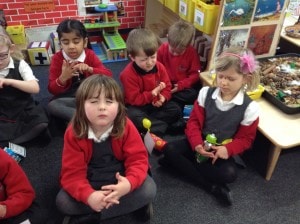
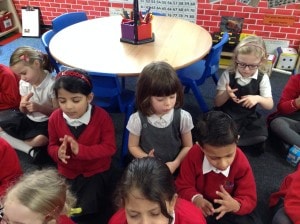
Starfish Hand Meditation
This is a great way to divert and refocus the mind.
- Spread your fingers out like a starfish on one hand.
- Take your finger from the other hand and trace around your fingers and hand.
- As you do this, concentrate on only how it feels and let other thoughts float away.
- Continue until you feel relaxed and calm.
At the end of our PE lesson we had some focussed time and practised finger sticks. Finger sticks, another mindfulness technique, involves co-operation, trust, concentration and focus. There was some great partner work.
